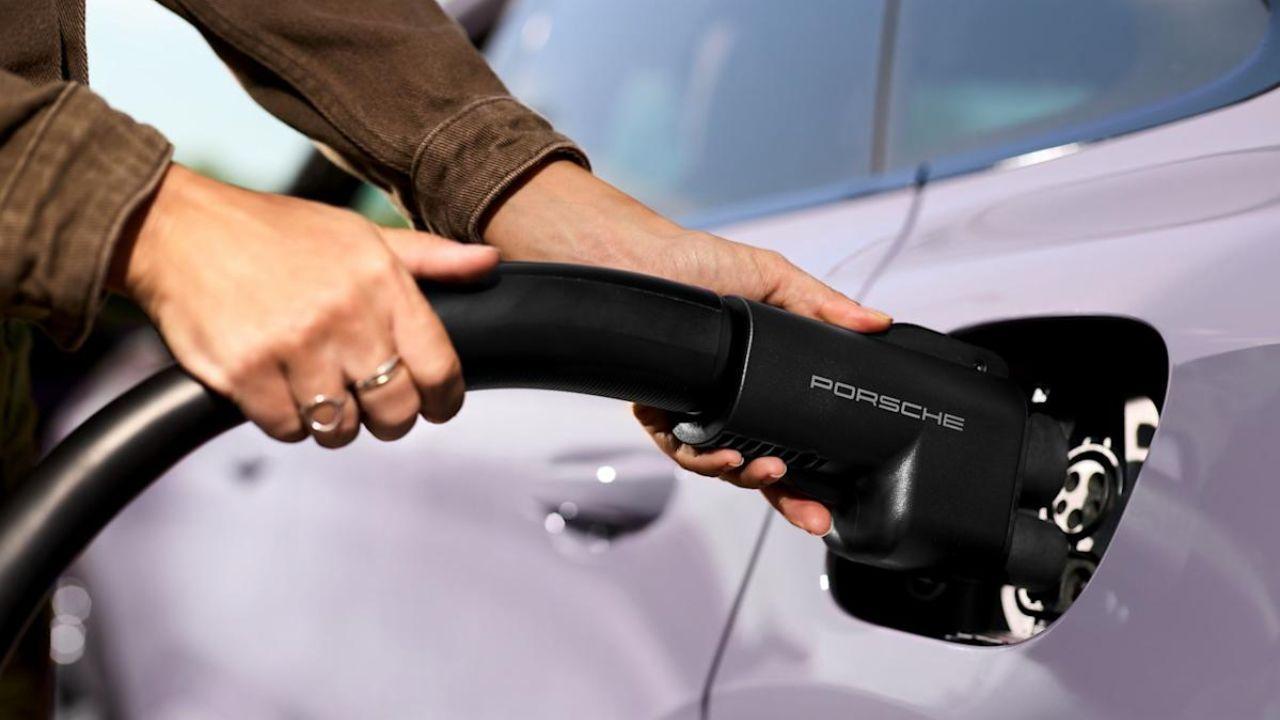
Post by : Avinab Raana
Photo : X / Ray
A Major Shift in EV Charging
Tesla has opened its Supercharger network to non-Tesla electric vehicles, marking a significant change in the EV landscape. For years, Tesla drivers had exclusive access to the fast-charging network, giving them an advantage in convenience and long-distance travel. Now, a growing number of EV models from other manufacturers can charge at Tesla Superchargers, significantly expanding fast-charging options across North America. This change could reshape how people view electric vehicle ownership, making EVs more practical for everyday use and long trips.
Expansion of the Supercharger Network
Tesla’s Supercharger network is one of the most extensive and reliable in the world, with over 20,000 fast-charging points across the continent. Opening this network to non-Tesla vehicles allows more drivers to enjoy quick, efficient charging, reducing range anxiety and encouraging more people to consider switching to electric vehicles. By allowing access to models from multiple manufacturers, Tesla is helping to unify EV charging infrastructure and promote industry-wide growth.
Requirements for Non-Tesla Vehicles
Non-Tesla EV owners need to meet certain requirements to use the Supercharger network. Vehicles equipped with a CCS1 port require an adapter to connect to Tesla’s proprietary plugs. Some manufacturers provide these adapters directly to their customers, while others offer them for purchase. This step ensures that charging is safe, reliable, and compatible with Tesla’s high-speed technology, allowing non-Tesla EVs to benefit from the same charging speeds that Tesla vehicles enjoy.
Automakers Leading the Change
Several automakers have been among the first to join Tesla’s expanded Supercharger network. Ford, for example, now allows models like the Mustang Mach-E, F-150 Lightning, and E-Transit to access Tesla Superchargers. General Motors has extended access to models including the Chevrolet Bolt and upcoming EVs. Other brands such as Volvo, Polestar, Nissan, Genesis, Kia, Honda, and Acura have integrated Supercharger compatibility, further diversifying the vehicles able to use Tesla’s network.
Benefits for EV Owners
This expansion represents a major benefit for EV owners. One of the biggest challenges for electric vehicle drivers has been finding fast, convenient charging, particularly on long trips. By gaining access to Tesla Superchargers, non-Tesla EV owners can enjoy faster travel, fewer stops, and more confidence in reaching distant destinations. The network’s widespread coverage makes it easier to plan routes, knowing that a reliable charging point is often nearby.
Upcoming Models and Future Integration
Automakers continue to expand their EV lineups, and many new models are expected to come with Tesla Supercharger compatibility. Kia plans to include NACS ports in upcoming EV6 and EV9 models, while Honda and Acura will integrate access into future releases such as the Prologue and ZDX. As more vehicles become compatible, the Supercharger network will evolve into a more universal platform, providing convenience and confidence to a broader audience of EV drivers.
Infrastructure Adjustments
Tesla is also making adjustments to accommodate the influx of non-Tesla vehicles. Charging cables have been extended and stations upgraded to ensure compatibility with various car models. These changes are essential to maintain the efficiency and reliability of the network as more non-Tesla drivers join. In addition, Tesla continues to optimize its Supercharger stations for user experience, with easier payment systems and app-based integration for seamless charging.
Industry Reactions
Industry experts have largely welcomed Tesla’s decision. Expanding access is seen as a step toward standardizing EV charging infrastructure, which could benefit both automakers and consumers. By sharing its fast-charging network, Tesla encourages broader adoption of electric vehicles, while also setting a precedent for collaboration between car companies. This cooperative approach could accelerate the transition to clean transportation and reduce dependency on traditional fuel sources.
Challenges Ahead
While the expansion is positive, challenges remain. Not all Tesla Supercharger stations are fully equipped for non-Tesla vehicles, and the availability of adapters may differ by region. Some users may face issues with compatibility or access in certain locations. Additionally, the increased use of the network could lead to congestion at busy stations, particularly along popular travel routes. Manufacturers and Tesla will need to continue working together to address these challenges and ensure a smooth experience for all EV drivers.
Environmental Impact
The opening of Tesla’s Superchargers to more vehicles has broader implications for the environment. By making fast-charging more accessible, more people may consider switching from gas-powered cars to electric vehicles, reducing carbon emissions and contributing to cleaner air. As EV adoption grows, the network will play a critical role in supporting sustainable transportation infrastructure, encouraging the use of renewable energy sources where possible, and helping to meet climate goals.
Economic and Social Implications
Greater accessibility to fast-charging infrastructure has economic benefits as well. It supports the growth of the electric vehicle market, encourages innovation, and helps establish a competitive environment for EV manufacturers. For drivers, easier access to charging reduces travel stress and time spent waiting for power, making electric vehicles more appealing for everyday use. On a social level, a widely available charging network promotes equality in mobility, allowing people in different regions to enjoy the benefits of EVs.
A Step Toward Unified EV Charging
Tesla’s initiative represents a key step toward unifying EV charging infrastructure. Rather than having fragmented networks requiring different memberships, adapters, or apps, a more open system allows drivers of various brands to access a reliable, high-speed network. This approach benefits consumers, manufacturers, and the environment, creating momentum for a broader transition to electric mobility. It also sets an example for collaboration in other sectors, showing how competition can coexist with shared goals.
Global Implications
The decision has implications beyond North America. Other regions may follow Tesla’s model, encouraging automakers and infrastructure providers worldwide to consider shared charging networks. The approach could accelerate EV adoption globally, reduce emissions on a large scale, and improve international travel for electric vehicle owners. Standardized networks across countries could create a more seamless experience for global EV drivers in the future.
Public Engagement and Awareness
Public awareness of Tesla’s open Supercharger network is increasing, helping drivers understand new charging options and the benefits of electric vehicles. Media coverage, social media discussions, and informational campaigns highlight how the network works, which vehicles are compatible, and how to use adapters. Educating the public is key to maximizing the benefits of this expansion and ensuring that drivers feel confident and informed when switching to electric vehicles.
Charting The Path Forward
Tesla’s opening of its Supercharger network to non-Tesla vehicles marks a turning point in electric vehicle infrastructure. By providing fast, accessible charging to a wider audience, the company is helping to reduce barriers to EV adoption, promote sustainable travel, and set a new standard for collaboration in the automotive industry.
As more manufacturers integrate compatibility, as stations adapt to accommodate diverse vehicles, and as drivers embrace this expanded network, the future of electric mobility looks more connected, efficient, and sustainable. Tesla’s move demonstrates that innovation is not just about technology—it’s about creating systems that work for people, the planet, and the evolving needs of a modern society. The journey toward a unified, accessible EV charging network is underway, and it promises to transform how the world drives, travels, and powers its vehicles.
Tesla Supercharger, Non-Tesla EVs, Charging infrastructure
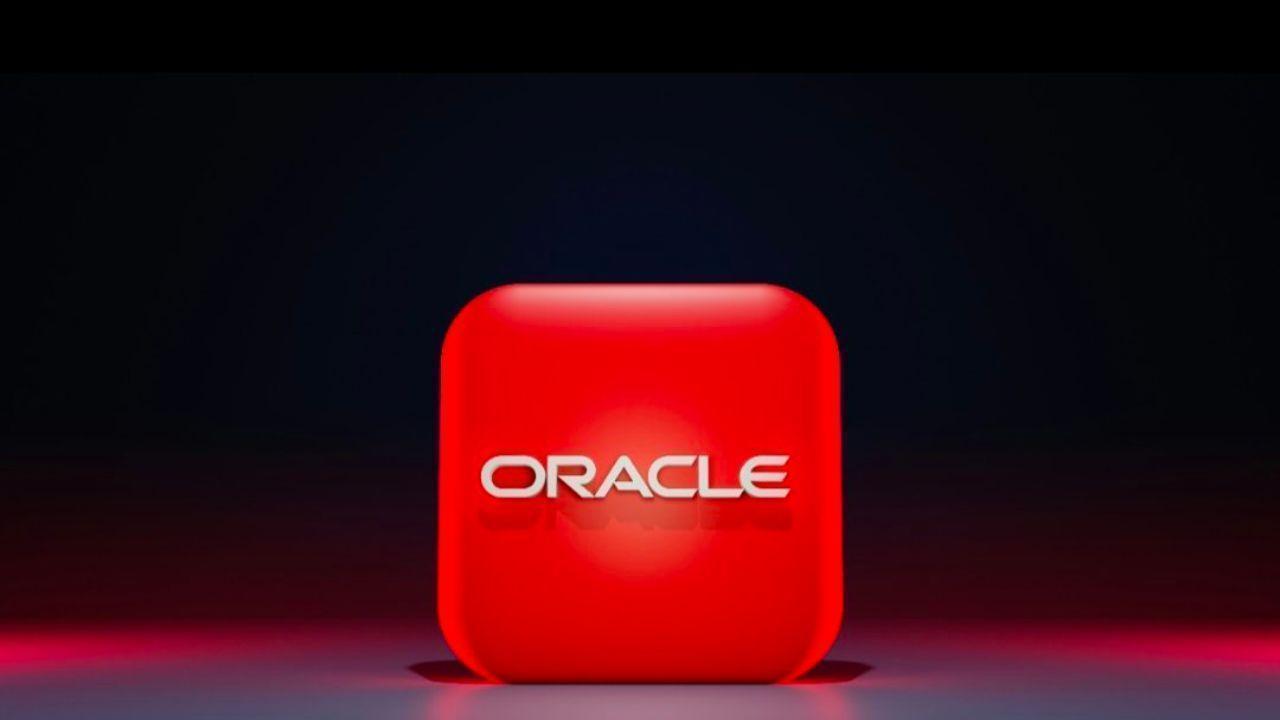
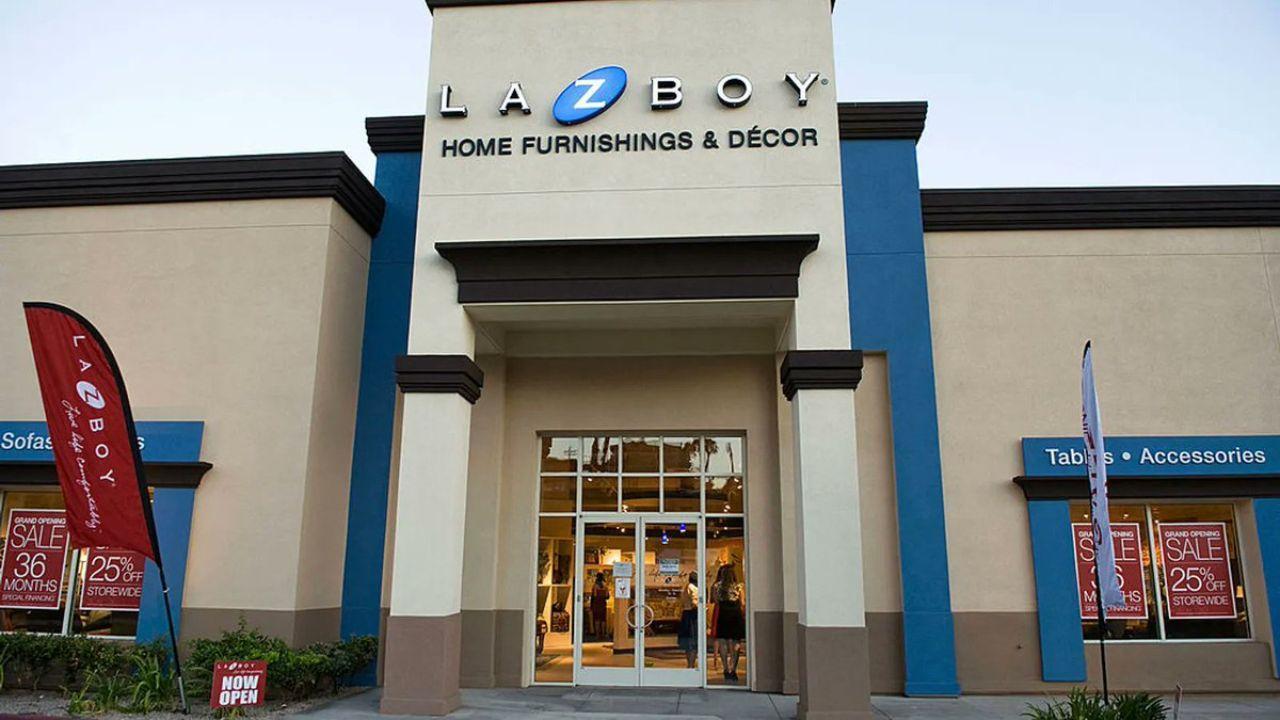
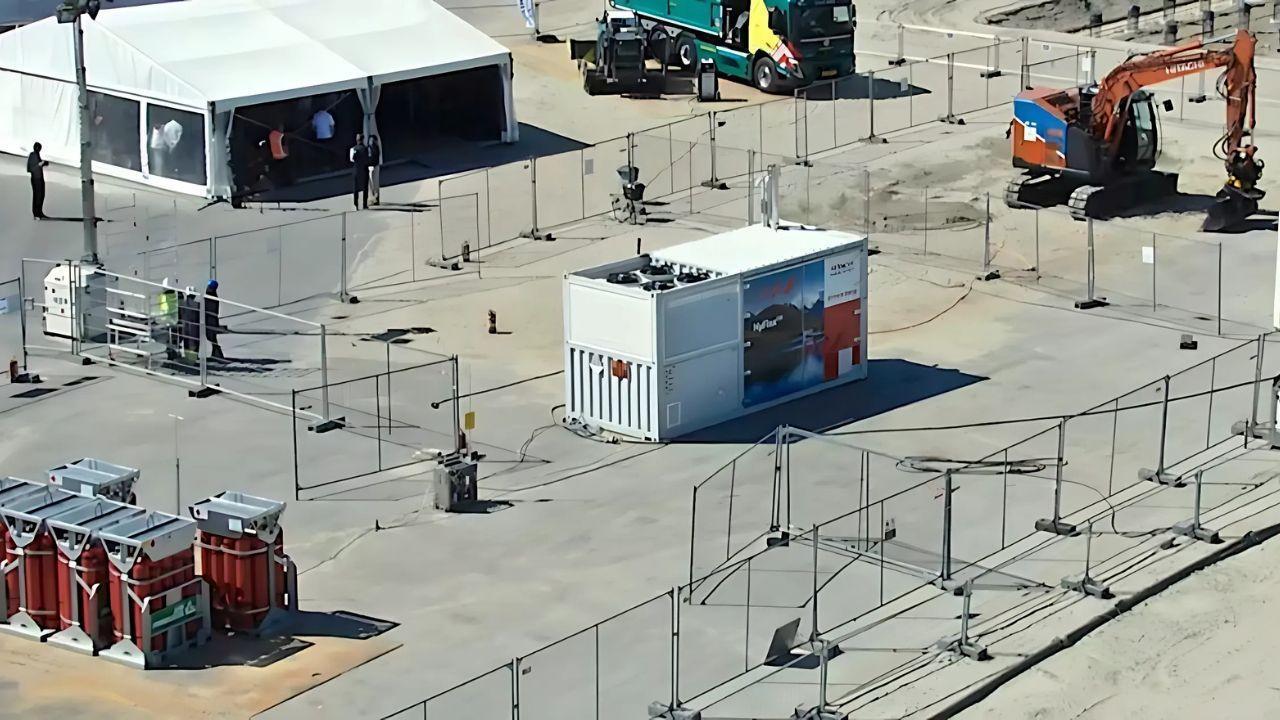

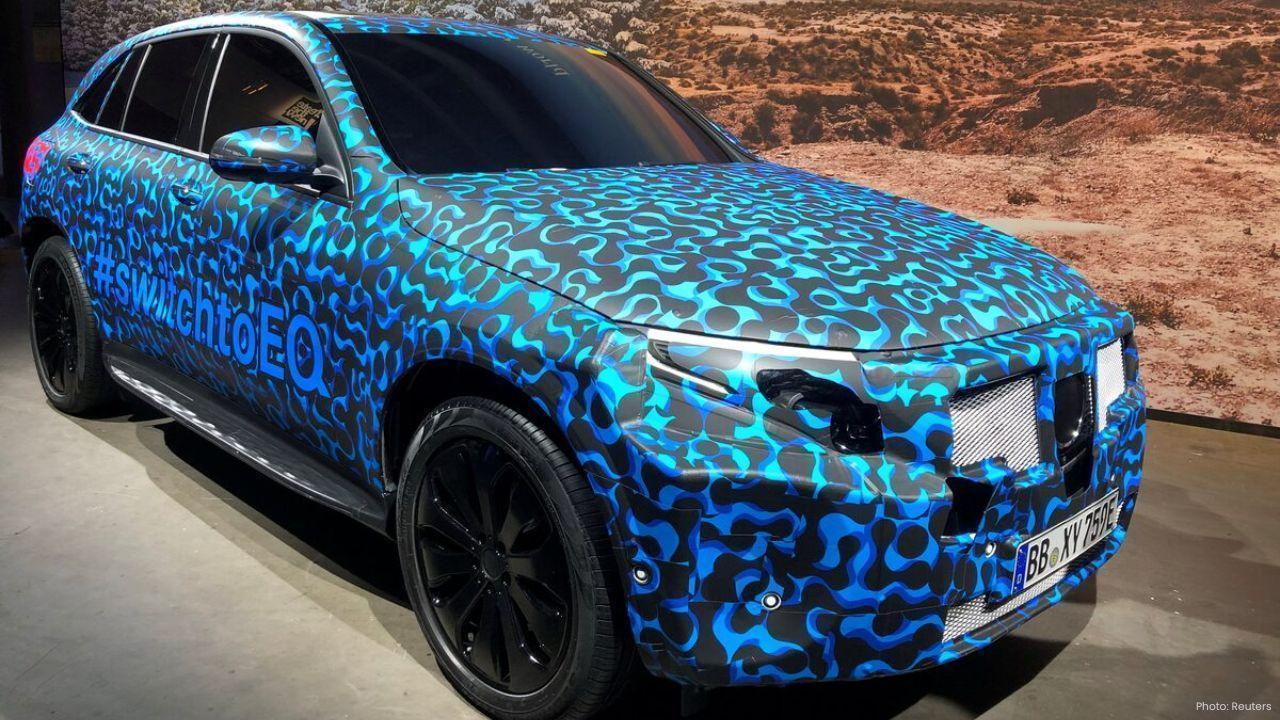




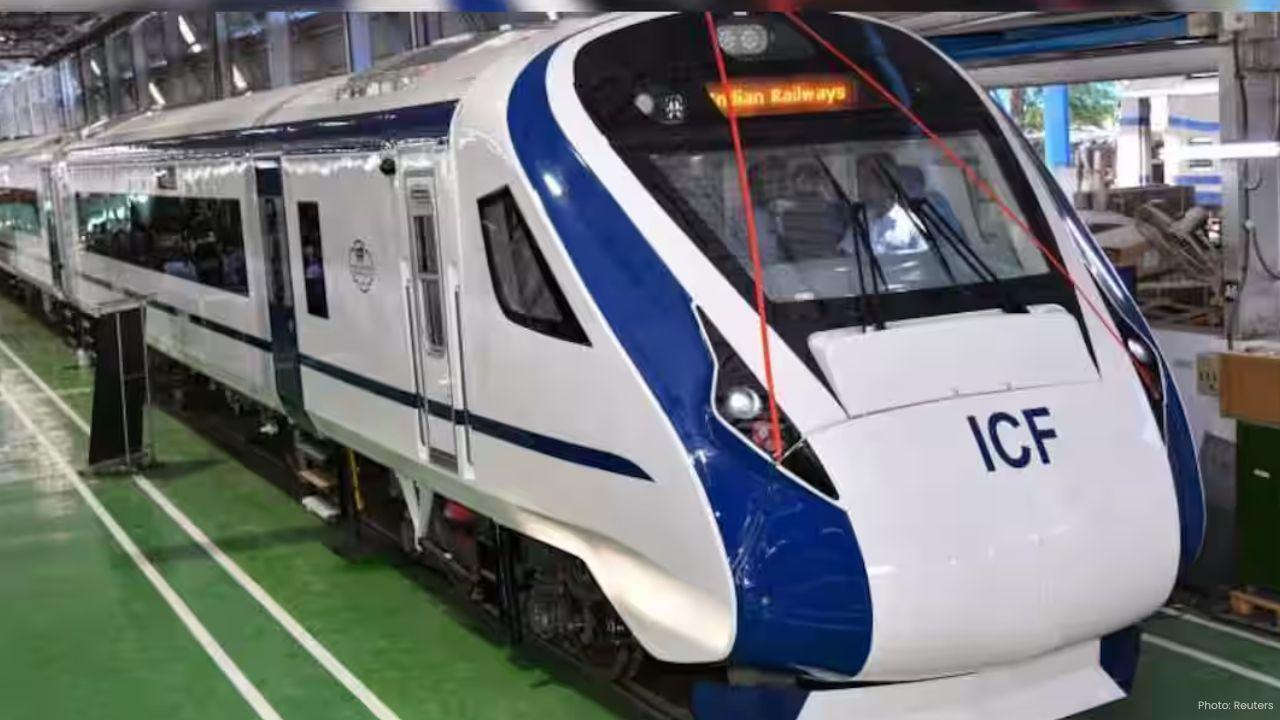
Vande Bharat Passenger’s Spitting Incident Sparks Nationwide Debate
A passenger spitting on the Vande Bharat Express floor sparks online debate on civic sense cleanline

OnTrac Introduces Ground Essentials Service for Affordable and Reliable Shipping
OnTrac launches Ground Essentials a new service offering cost-effective parcel delivery with up to 3
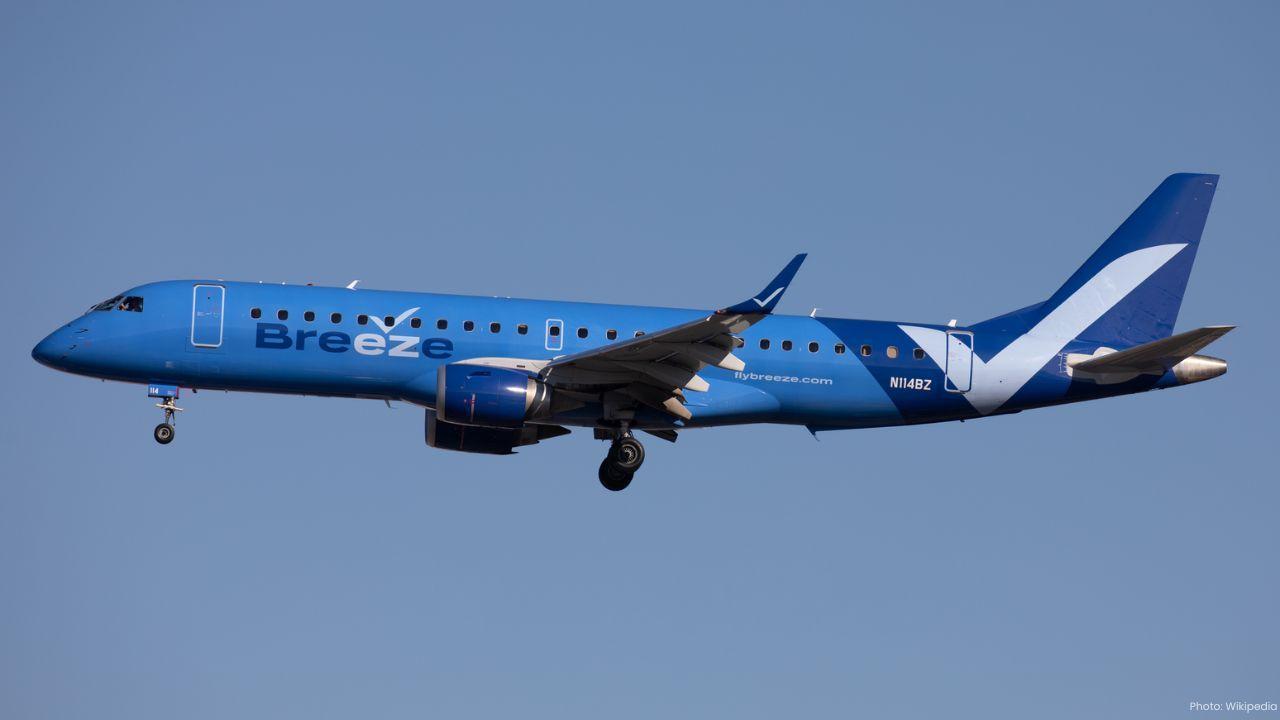
Breeze Airways Earns Five-Star Status as North America's Top Airline
Breeze Airways achieves a five-star rating marking it as North America's leading major airline for 2

Royal Enfield Cuts Prices on 350cc Bikes After GST Rate Reduction
Royal Enfield reduces prices on 350cc motorcycles from September 22, 2025, following GST rate cuts,
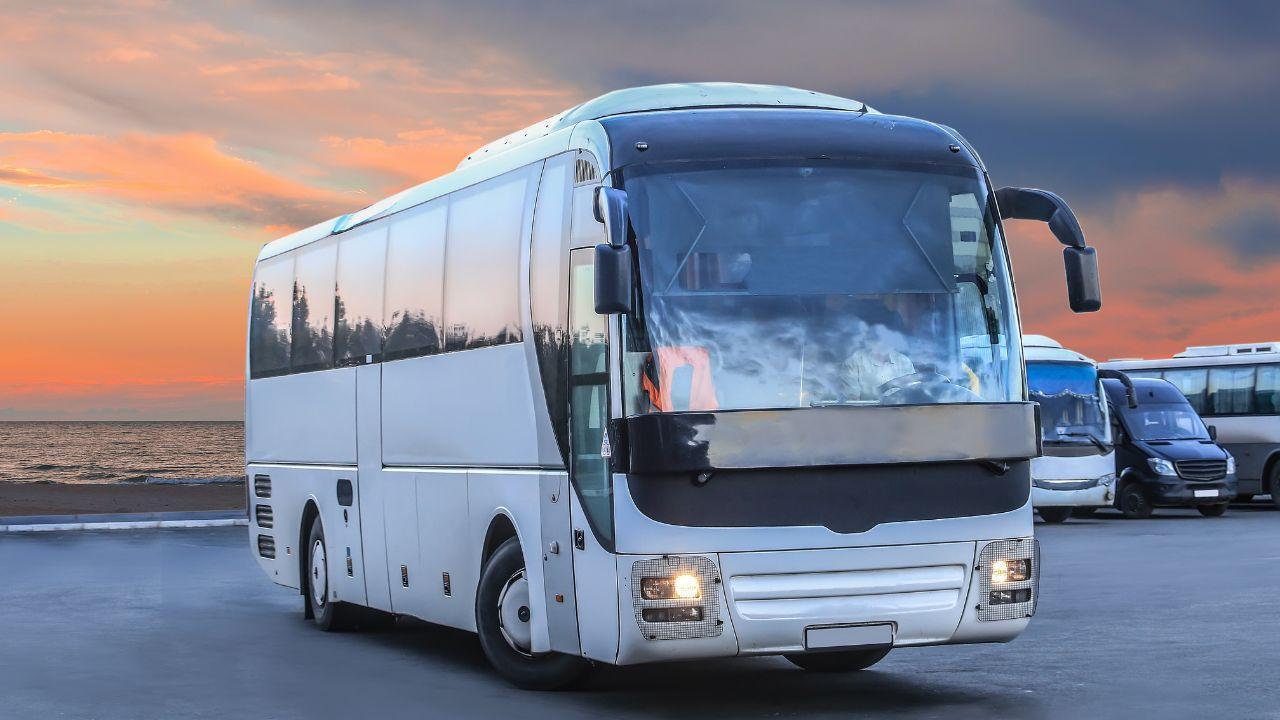
Viva ACP Boosts Bus Safety with Strong Lightweight Aluminium Panels
Viva ACP’s panels make buses safer lighter and stronger—saving energy and protecting passengers with
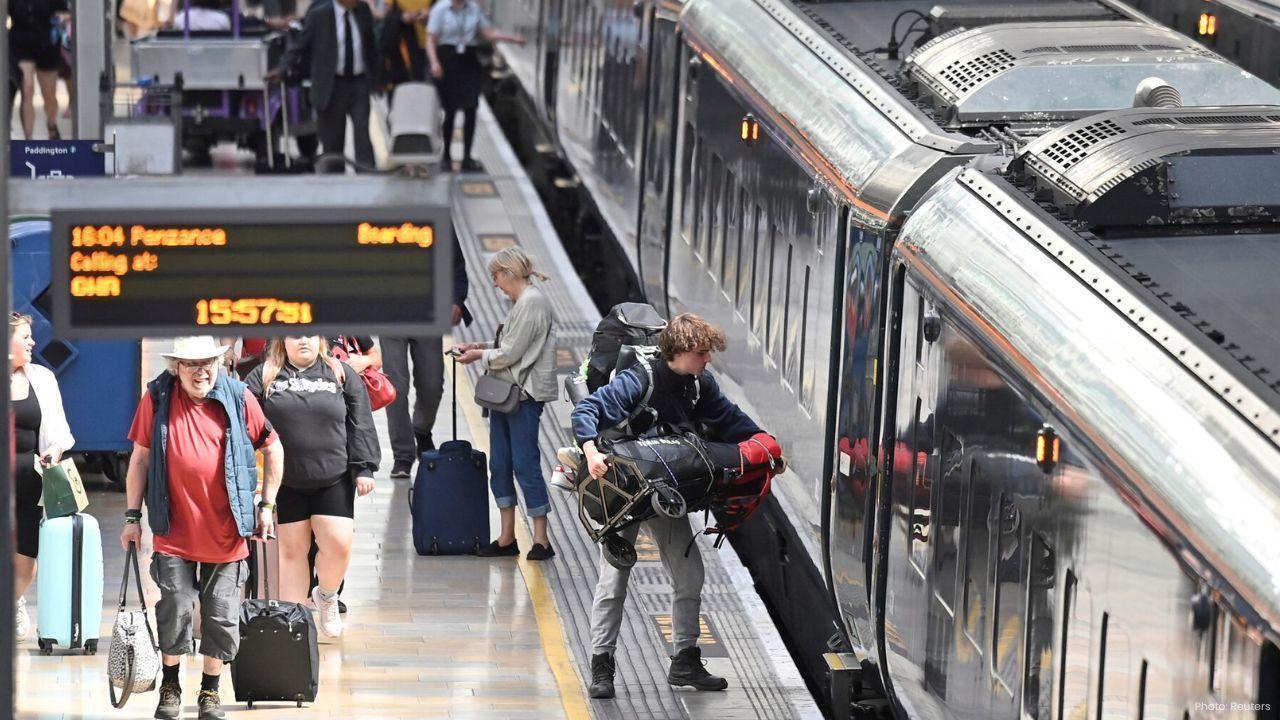
Steelpaint’s Stelcatec Coating Gets UK Rail Approval
Steelpaint’s Stelcatec coating approved by UK Network Rail for durable, fast, and effective protecti